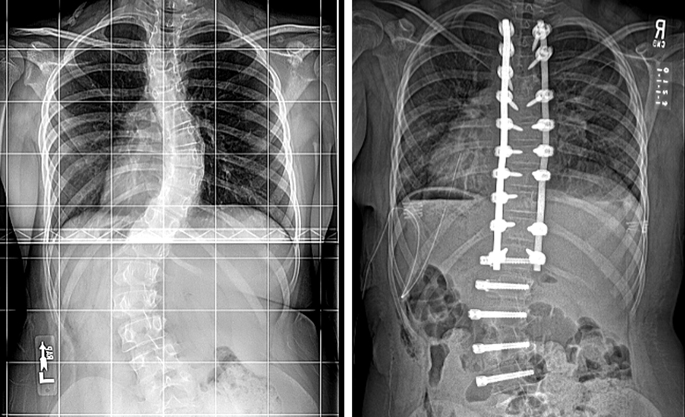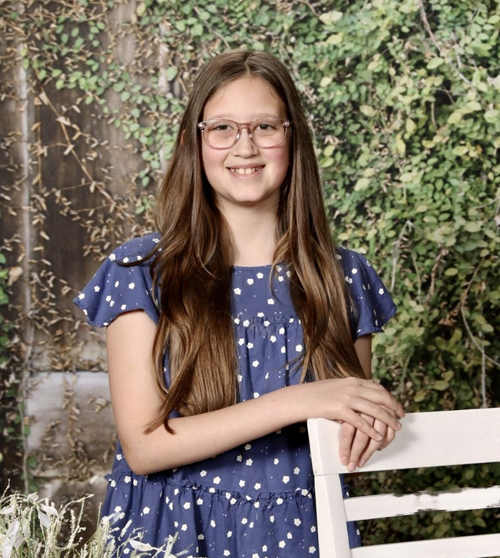
Each year, nearly 200 patients receive surgical treatment for scoliosis, or a curvature of the spine, at Monroe Carell Jr. Children’s Hospital at Vanderbilt.
Considered a common condition, it affects 6 to 9 million people in the United States and is typically treated with external bracing or spinal fusion surgery.
Now orthopaedic surgeons at Monroe Carell are the first in Tennessee to perform an innovative procedure using the patient’s own growth to correct the curve called Vertebral Body Tethering.

“Tethering is a nonfusion option to treat scoliosis that essentially works like an internal brace,” said Craig Louer, MD, assistant professor of Orthopaedic Surgery at Monroe Carell. “It is approved for patients with a significant amount of growth remaining. The tether is a strong, flexible cord which modulates growth of the spine to gradually correct a curve. This is what straightens out the spine but maintains flexibility.
“About 20-30% of our patient population will be candidates for this surgical option,” he said. “We will present this as an option, but each family will need to decide what is best for their child.”
Tethering is different from fusion treatment in that it allows the spine to bend and flex. With fusion surgery, the vertebrae are fused together, not allowing any movement due to the metal rods placed along the spine.
It is that benefit of flexibility that prompted the parents of 11-year-old Callie Gill to explore the option. Diagnosed with scoliosis at age 6, Callie’s condition recently progressed to the point where the curvature needed correction.
“We were very interested in the fact that she could have more movement with tethering,” said Crystal Gill, Callie’s mother. “We didn’t want her to have issues with mobility. We wanted her to live as unrestricted as possible. It was important that she not feel stiff and be able to twist and move around like a child should be able to do.
“We wanted to be sure to improve her quality of life. Her back hasn’t kept her from doing things, and we didn’t want the correction to either.”
Gill said it was remarkable to see improvement in the curvature during her daughter’s five-day hospitalization for the surgery.
In Callie’s case, she had two curvatures — thoracic and lumbar. A thoracic spine fusion was performed to join the bones in the upper back to eliminate movement between them. It was followed by the tethering surgical procedure of the lumbar curve.
Tethering surgery candidates must have a curvature more than 45 degrees.
Teams at Monroe Carell began intensive training in 2021 to prepare for the launch of the cutting-edge curvature correction procedure, which was FDA approved in 2019.
The surgical team is comprised of Louer, Gregory Mencio, MD, who holds the Neil Green, MD, Chair of Pediatric Orthopaedics, Jeffrey Martus, MD, professor of Orthopaedic Surgery, and Melissa Danko, MD, associate professor of Clinical Pediatric Surgery.
As the team moves forward with identifying additional patients who would benefit from the new technology, the group continues to review outcomes from other institutions to ensure Monroe Carell is providing optimal care.
Callie, who has been under Louer’s care for two years, has grown about one-half inch since having the innovative procedure, according to her mother.
“We hope this corrects her issues, and she is able to continue living a full and active life,” said Gill. “I also hope it will give other parents more options for their children. We were the first here, but it opens things up for others.”












